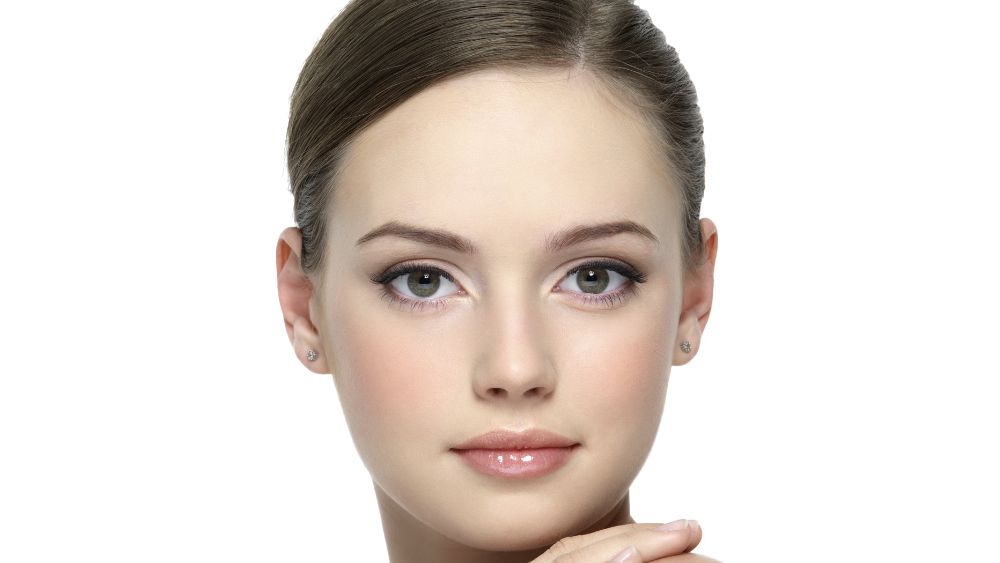
Facial proportions (basics of funeral cosmetics)
Why is it important to be able to determine facial proportions for the cosmetic treatment of a deceased person? And how exactly does a symmetrical facial division work?
A person's appearance changes after death. The muscles slacken, the blood supply to the tissue stops and other external influences such as injuries or contamination can also lead to a greatly altered appearance. This particularly affects the face of the deceased.
It is therefore all the more important to know which methods and aids can be used to restore a deceased person's natural appearance.
In addition to colors and their effects, it is also important to understand the proportions of a face. This is the only way to achieve a harmonious overall result in funeral cosmetics.
Proportional facial proportions
The following basic rules regarding facial proportions apply to all people and serve as approximate, proportional units of measurement for every face.
The face
The width of the face is two thirds of the length of the face.
The head
The widest part of the head is measured by the distance between the temporal bones.
The nose
The face is three times as long as the nose. Furthermore, the length of the nose is equal to the length of the ear. The width of the nose at the nostrils corresponds to the width of an eye.
The eyes
The face is five eyes wide between the zygomatic arches. The distance between the eyes corresponds to the width of one eye. The mouth is two eyes long.
The ears
The upper edge of the ear is on the same horizontal plane as the eyebrows. The lower edge of the ear is on the same horizontal plane as the underside of the nose. The face is three ears long in total.
Unit of measurement for dividing the face
A good unit of measurement for dividing the face is the distance between the tip of the thumb and index finger when they are parallel and close together.
The distance from the tip of the thumb to the tip of the index finger then corresponds to both the length of the ear and the length of the nose. The distance between the root of the nose, i.e. the upper end of the nose, and the natural hairline also corresponds to this measurement. Exceptions are people with missing hair above the forehead, for example due to baldness. The unit of measurement is also the distance between the tip of the nose and the dimple in the chin.
You can find out more about the individual steps of the cosmetic treatment and its basic principles in the book "Restorative Art", which can be found in the Lavabis online store.
Recommended products for this article:
►Funeral Cosmetic Kit: https://bit.ly/3oORMwr
►6-in-One Cover Cream Light/Medium: https://bit.ly/3vDEAhP
►Camouflage Illusion Palette: https://bit.ly/3buZpoH
►Camouflage Quick Fix Palette: https://bit.ly/3bmPVfu
►3-in-One Lip Cover Compact: https://bit.ly/3ByGPXz
►Book "Restorative Art": https://bit.ly/3Q2UCu0
Watch this blog post as a video:
Click here for our socials:
►Website: https://www.lavabis.de/
►YouTube: https://bit.ly/3bMZLqE
►Facebook: https://www.facebook.com/lavabis
►Instagram: https://www.instagram.com/lavabis_com/
►Newsletter: https://bit.ly/3AremCh


